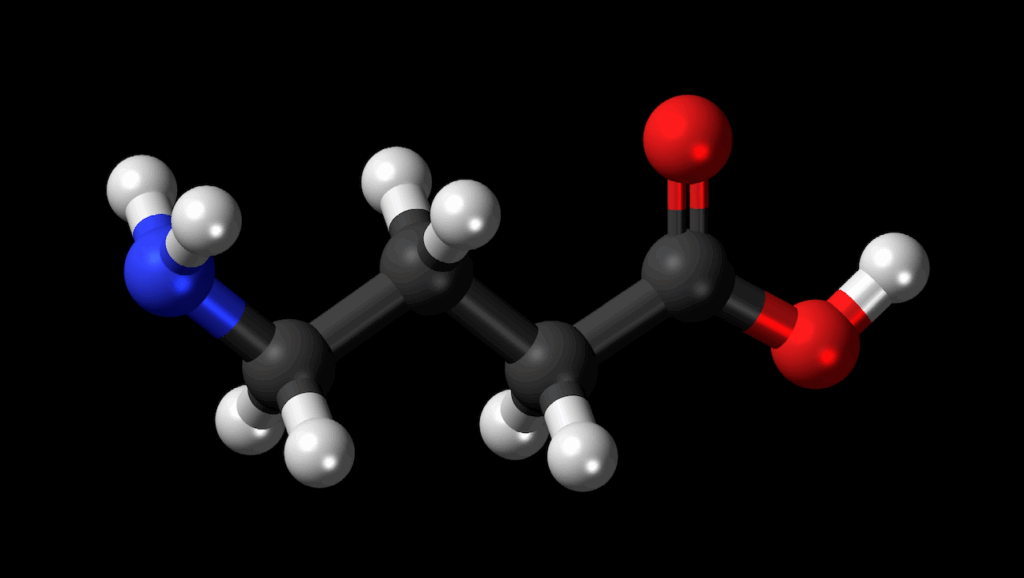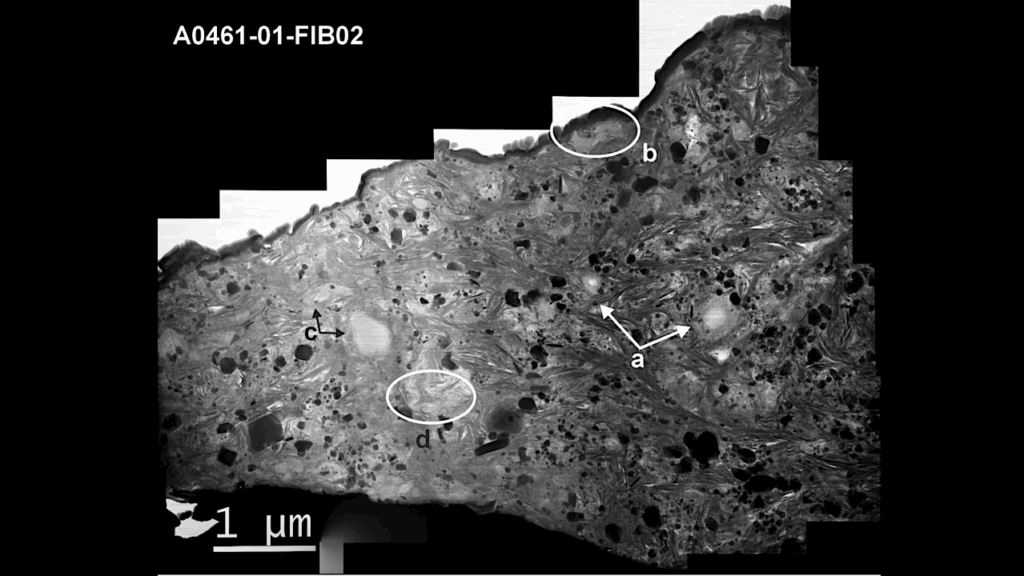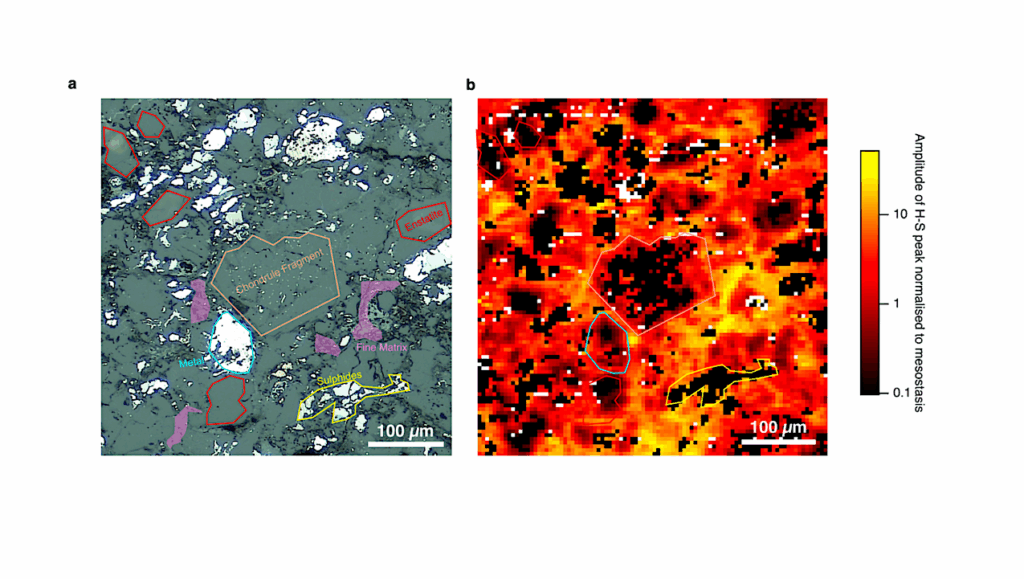Tracing Meteorites to the Solar Nebula

A recent study on the isotopic compositions of the South Byron Trio iron meteorite grouplet (SBT) shows that all three meteorites likely came from a single parent body that formed in the Solar nebula.
In the early Solar System, two chemically and isotopically distinct nebular domains were thought to have existed. The parent bodies of many meteorites we find on Earth today were formed in these two domains, which are referred to as as “noncarbonaceous” (NC) and “carbonaceous” (CC). The recent study suggests that the SBT originated from a body in the carbonaceous domain. In addition, the findings support previous work that indicates a common origin of the SBT and the Milton pallasite, a fourth meteorite that was discovered in the US state of Missouri in 2000.
The SBT includes three ungrouped iron meteorites: Babb’s Mill (or Troost’s Iron), found in the US state of Tennessee in 1842, South Byron, found in the US state of New York in 1915, and Inland Forts 83500 (ILD 83500), found in Antarctica in 1983.
The study, “Genetics, crystallization sequence, and age of the South Byron Trio iron meteorites: New insights to carbonaceous chondrite (CC) type parent bodies,” was published in the journal Geochimica et Cosmochimica Acta. This work was supported by the Emerging Worlds Program. The NASA Astrobiology Program provides resources for Emerging Worlds and other Research and Analysis programs within the NASA Science Mission Directorate (SMD) that solicit proposals relevant to astrobiology research.








